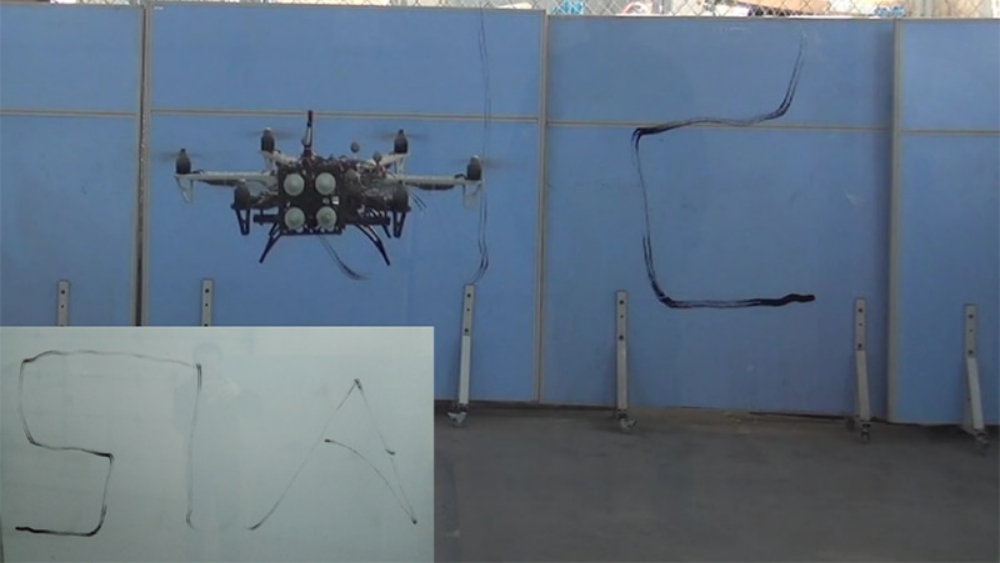Researchers from the Shenyang Institute of Automation at the Chinese Academy of Sciences presented a drone, designed to repair and maintain skyscrapers, a type of building that is becoming increasingly common in large Chinese cities.
The team demonstrated the device at the International Conference on Intelligent Robots and Systems (IROS 2019).
Traditionally, repair and maintenance of high-rise buildings are carried out by humans with the help of special lifting systems, the use of which is expensive and dangerous. To solve this problem, Chinese researchers have created an unmanned aerial vehicle that will be able to perform all human functions for the maintenance of high-rise buildings.
The new robot has six rotors and a single-degree-of-freedom manipulator cube-frame end effector. The device, with six hexagonal rotors, can “avoid obstacles and even jump over grooves on wall surfaces.”
All the contact forces of the system can be precisely controlled without power sensors. The hexacopter drone can also conduct interactive operations during the flight.
According to researchers, the most difficult task was to “teach” a robot with a closed control loop to apply the necessary amount of force to the execution of the operations. It was possible to do this by turning the drone into a spring system in which the impact force of the manipulator can be changed and controlled from the outside.
To test their hexacopter drone, the team fixed an ordinary switch on the wall, and the robot had to click on it to turn on or off the light. The new drone was able to safely and smoothly press the button. In another experiment, the robot moved smoothly along a glass wall, exerting a fixed pressure. It then used a pen attached to the end of the air manipulator to write the word “SIA” – the abbreviation of the Shenyang Institute of Automation – on a glass wall.
“In the near future, we might see extensive use of this new system in large infrastructure maintenance and other special applications, such as scientific sampling,” said MENG Xiangdong, the robot’s designer.
Photos: MENG Xiangdong
Source: Inceptive Mind


